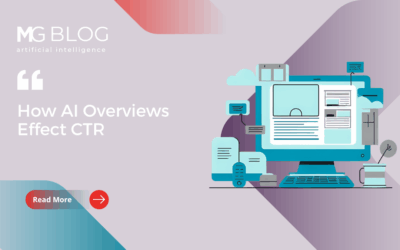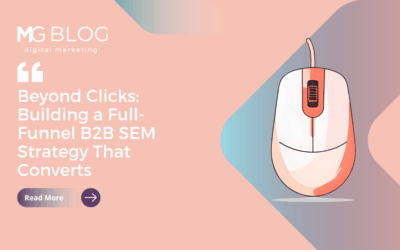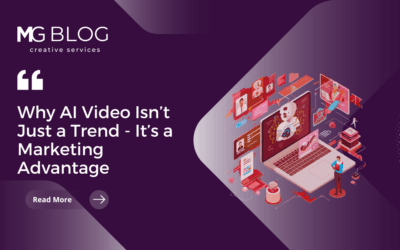Imagine if Apple spent 90 percent of its IT budget maintaining legacy systems. You might still be looking up facts on your iMac via an Encarta Encyclopedia CD-ROM or trying to make room for decades of hits on your first-generation iPod.
As a consumer, it’s hard to relate, but it’s a reality that government CIOs face every day. A study by the Government Accountability Office shows that federal agencies indeed devote 90 percent of their budgets to maintaining legacy systems — some more than 50 years old. The good news is the federal government has cresting momentum toward IT modernization and is now in the position to adopt new architectures, software options and technologies to become more useful to citizens, more efficient and more secure.
Still awaiting a final stamp from Congress, the Modernizing Government Technology (MGT) Act is poised to allow federal agencies to funnel any unspent funding and apply it to IT modernization efforts. The MGT Act is now an amendment to the 2018 National Defense Authorization Act, which the Senate passed in September and currently under negotiation.
These boosts can help the federal government match the strides made in the commercial technology sector, which has replaced many of its older manual processes with automation and machine learning. At home, consumers tell their Echos or Google Homes to turn on their lights or change the temperature on their thermostats. In federal IT, this type of automation could be leveraged to perform many tasks. In fact, a recent survey by ServiceNow indicates that 41 percent of federal decision-makers believe they need intelligent machines implemented in the next 12 months to help them tackle their rising volume of everyday work.
Automated tools could help the federal government parse through its large data sets, automatically inferring interesting outliers and trends in reports, like ongoing jobs reports from the Bureau of Labor Statistics to more arduous data sets, like the U.S. Census. They could also search and detect any odd activity on government devices, possible signs of an automated bot attack.
The key to gaining this new capability is moving agencies to the cloud. The cloud provides a modern user experience — imagine going back and telling those iPod early adopters that one day, they’d be able to stream any song in the whole world, not just the 1,000 stored locally on their device.
The cloud provides flexibility and speed to support IT modernization. Federal agencies could then analyze data where it already exists in their architectures, reducing silos, and they could make that data and its analysis easily accessible to the many field offices around the country.
Digital transformation is not going to happen overnight — in fact, the nature of technology is that change is often so rapid, it’s hard to keep up. Federal CIOs that do their research on cloud-based automation will have a leg up when it comes to all future modernization efforts. They will have a cutting-edge application that enables rapid, user-friendly services, and the flexibility of the cloud will allow them to continue to modernize for many decades to come.
Want information on how to position your company to capitalize on federal IT spending? Contact Merritt Group today at info@merrittgrp.com to get the conversation started!



